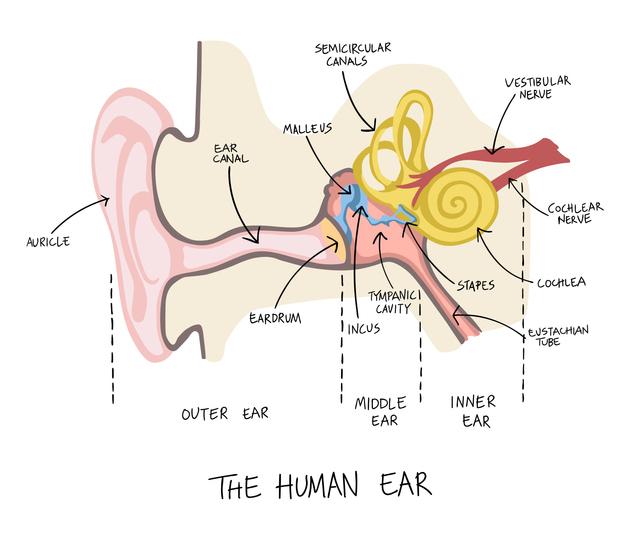What are Vestibular Disorders?
The vestibular system refers to the parts of the inner ear and brain that process sensory information for controlling balance and eye movements. If illness or injury damages these processing areas, vestibular dysfunction can occur.

Dizziness, vertigo and trouble with balance are the most recognizable symptoms in children, but hearing and vision can also be affected. Vestibular system disorders can also impact other motor abilities and lead to delayed development.
Common signs and symptoms include:
- Faintness or lightheadedness (presyncope)
- Sense of motion or spinning (vertigo)
- Dizziness or feeling a floating sensation
- Loss of balance or unsteadiness
- Vision changes or blurriness
- Confusion or behavioral changes
The most common causes of vestibular disorders in children include:
- Benign paroxysmal vertigo of childhood (BPVC) – sudden, brief episodes of vertigo or sensation of spinning
- Head injury or concussion – may lead to dizziness and other balance issues
- Otitis media – infection of the middle ear caused by bacterial or viral infection
- Vestibular migraine – type of migraine that can manifest as dizziness, nausea, disorientation and sensitivity to motion
- Vestibular neuritis – condition that results from inflammation of the vestibular nerve located in the inner ear
Why Choose Texas Children’s?
The vestibular program will offer a comprehensive assessment to patients with dizziness and imbalance in a specialized clinic. Our team utilizes a multidisciplinary approach to ensure the best possible treatments and most successful outcomes. Multiple specialties, including otolaryngology (ENT), neurology, audiology, psychology, physical and occupational therapies and other disciplines collaborate to develop comprehensive and personalized treatment plans designed to address each patient’s unique needs.
Treatment depends on specific symptoms and can include vestibular rehabilitation therapy (VRT), physical and occupational therapies, exercise, dietary adjustments, counseling, medication, or a combination of the above.
